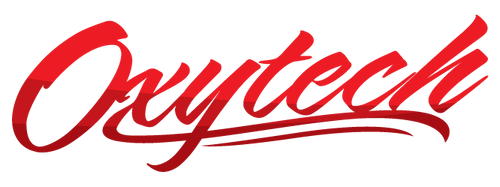
What is powder coating? Our #101 guide to the magic that is dry powder coatings
Powder coat has exploded in popularity over the past decade, venturing from an industrial finish to something found in many modern homes, businesses and every day life. However, while most people have some experience with wet paints of some description, few have first-hand experience with the powder coating process or the science behind the magic.

Invented in 1945 by Daniel Gustin, powder coating is defined by Wikipedia as, "a type of coating that is applied as a free-flowing, dry powder." The major difference to wet paint is the lack of solvents used in the powder coating application process, as powder coat is applied electrostatically and then baked in an oven to cure.

Powders can be a thermoplastic or thermoset polymer type and, as they do not have a liquid carrier it can build thick coats without running or sagging, making it perfect for hard-wearing applications. Also, with no solvents being used in the process it emits few Volatile Organic Compounds (VOC) unlike many wet paint options making it better for the environment, while the thicker layers of product possible to build on the surface of the job can make powdercoat a tough, hard-wearing surface perfect for industrial applications.
With a range of textured finishes available, this also means powder coating is often the first-choice for decorative or safety applications like no-slip walkways, high-temperature-rated coatings, pearlescent/candy/antique finishes, and more.
